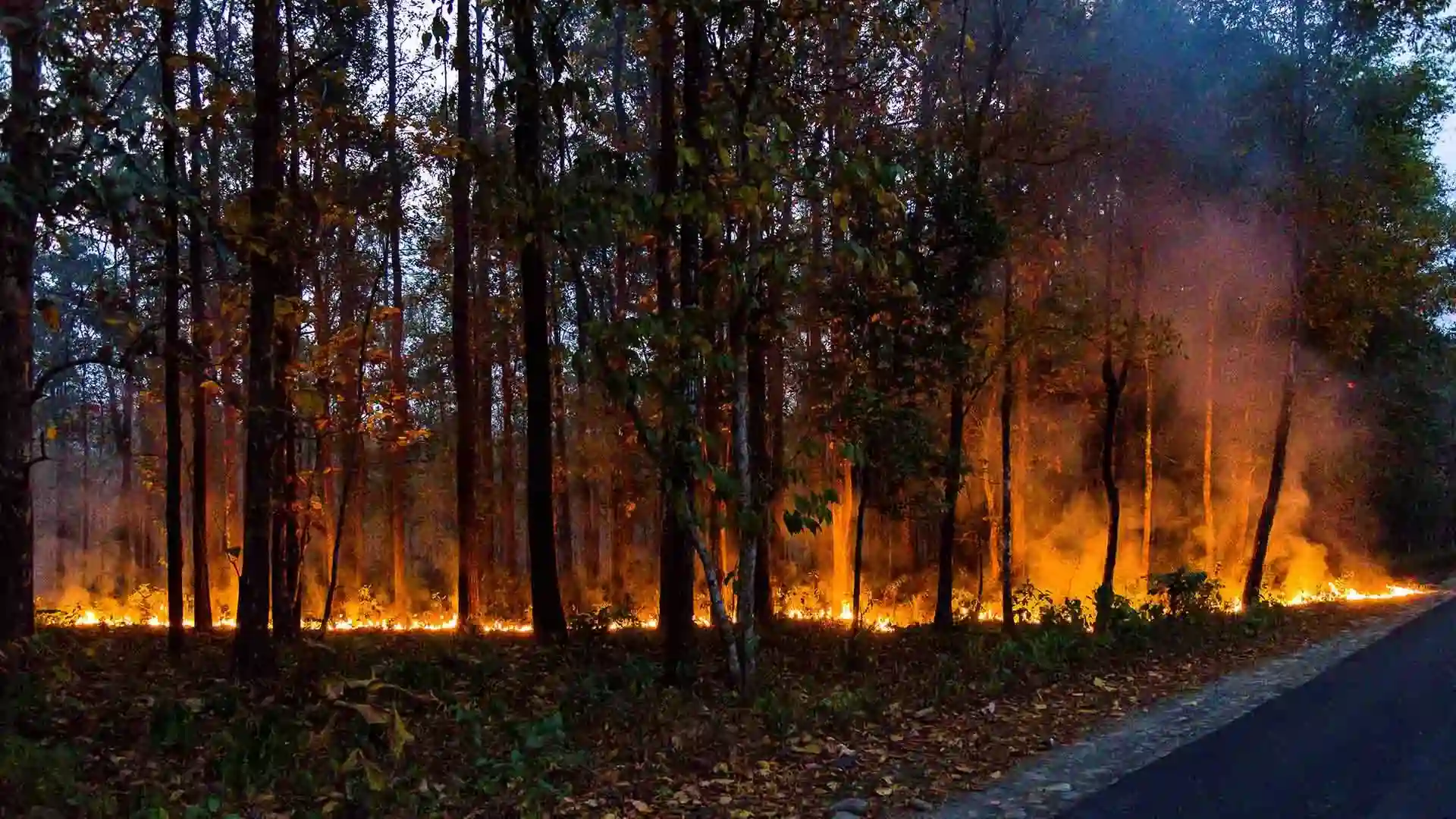Rising Premiums and Uncertain Risks How Climate Change is Shaping Insurance

Climate change is an undeniable reality that has significant implications for our planet. From rising sea levels to extreme weather events, its effects are being felt across the globe. Among the sectors heavily affected by climate change, the insurance industry plays a vital role in managing risk and providing financial protection.
In recent news, Allstate and State Farm, two of the top insurance companies in the US, have pulled back from California’s home & commercial insurance market citing “rapidly growing catastrophe exposure” & “wildfires.”
Climate change presents a multifaceted challenge to the insurance industry, requiring a proactive and transparent response. Insurance providers in specific regions have ceased providing certain types of coverage, and many have imposed restrictions on the range of coverage they offer. This has resulted in elevated insurance premiums that often exceed consumers’ affordability. Consequently, some individuals opt for policies that do not adequately meet their coverage requirements, while others forego insurance altogether.
The impacts of climate change may not appear significantly harmful for property and casualty (P&C) insurance companies initially, but long-term exposure to climate-related events poses risks and opportunities for the industry. McKinsey research shows that the value at stake from climate-induced hazards could, conservatively, increase from about 2 percent of global GDP to more than 4 percent of global GDP in 2050.
The U.S. has experienced 348 weather and climate disasters since 1980 where overall costs reached or exceeded $1 billion. The total cost of these 348 natural disasters exceeded $2.510 trillion.
Reducing the Risk with AI and Other New Age Technologies
Insurance companies leverage cutting-edge technologies to address climate change challenges. Machine learning algorithms analyze climate-related data, aiding in risk assessments and policy pricing. The Internet of Things (IoT) collects real-time data on weather and environmental factors, facilitating prompt monitoring of emerging climate risks. Predictive analytics forecasts event likelihood and severity, enabling proactive decision-making and tailored risk mitigation. Robotic Process Automation (RPA) automates tasks like claims processing, enhancing operational efficiency. Artificial intelligence (AI) algorithms analyze historical climate patterns, improving risk assessments, automating claims processing, and identifying fraudulent claims. These technologies empower insurers to navigate climate change complexities, enhance risk management, and foster a resilient and sustainable insurance industry.
SLK’s InsurAI, AI Powered Insurance Value-Chain Solution enable insurers to accurately assess climate-related risks, improve underwriting practices, and streamline claims management.
InsurAI uses advanced AI-visioning model to distinguishes damages caused by climate events from wear and tear, expediting claims processing. It also uses advanced analytics to accurately detect and evaluate climate-related damages. Also, through predictive modeling, insurers gain insights into future risks.
Conclusion
Climate change poses significant challenges for the insurance industry, requiring proactive and adaptive measures. From escalating claims and financial impacts to uncertain risk assessment and limited availability of reinsurance, insurers must navigate through these challenges.
However, by incorporating AI-driven climate risk assessment into underwriting practices, insurers can better manage the risks associated with climate change.





